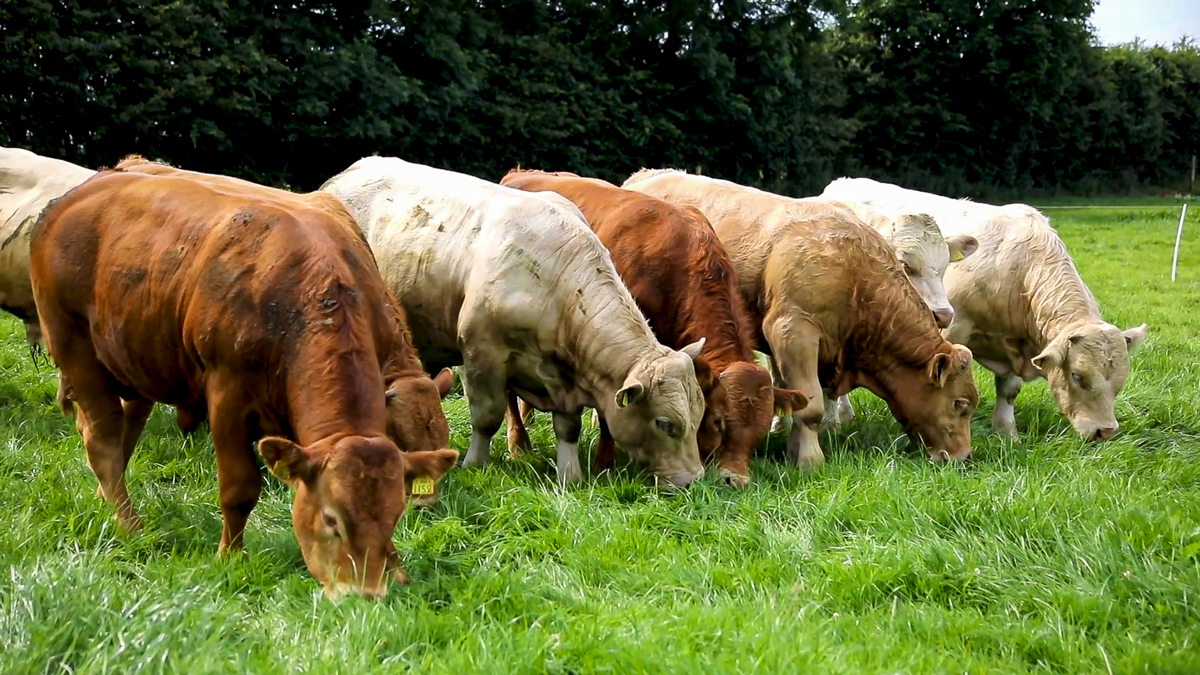Virtual fencing systems can provide the same level of stock management and grazed grass utilisation as conventional paddocks and electric fencing-based options, according to Precision Grazing’s James Daniels.
The Cornwall-based consultant who is currently working with the Norwegian-based company ‘Nofence’, explained:
“The technology exists and it works. Initial trial work carried out last autumn confirmed that grazing heifers that were remotely controlled secured the same levels of daily liveweight gain and grass utilisation as their counterparts that were managed using a conventional electric-fenced based system.
“The work was carried out during the months of October and November. Due to the inclement weather conditions at the time, animals were moved up to three times a day.”
He continued:
“An additional five trials involving a mix of dry cows, yearling steers and yearling heifers are now underway on farms across England. I am also talking to the Agri-Food and Biosciences Institute (AFBI) and Teagasc, with the Irish market in mind.”
“Up to this point, virtual fencing systems have been used in conservation grazing scenarios.
“However, they are fully applicable on commercial dairy and beef farms.”
Virtual fencing – the technology
Virtual fencing technologies are centred on a collar that is placed around the grazing animal’s neck.
Courtesy of an app, the farmer can both view the stock at any time and move them to a specific location as and when required.
When the animal reaches the periphery of its grazing boundary, James said, it will hear a loud buzzing noise.
“If the animal persists in pushing forward, the noise will become more intense. After five transgressions, it will receive an electric shock.
“However, trials have confirmed that cattle can be trained to use the system after five days. After that, there is a seamless transition as they move from one virtual paddock to the next.”
He added:
“Collars can either be purchased or hired out for a grazing season. There is also a subscription fee relating to the use of the app.
“All the software is stored on the ‘the cloud’. As a result, there is no need for an on-farm computer. All the management options are available courtesy of the app on the phone.”
He also highlighted the specific attraction of virtual fencing for part-time farmers.
He concluded:
“The farmer can view the location of his stock courtesy of the app, wherever he or she is. Stock can also be moved on to their next virtual paddock remotely.”
